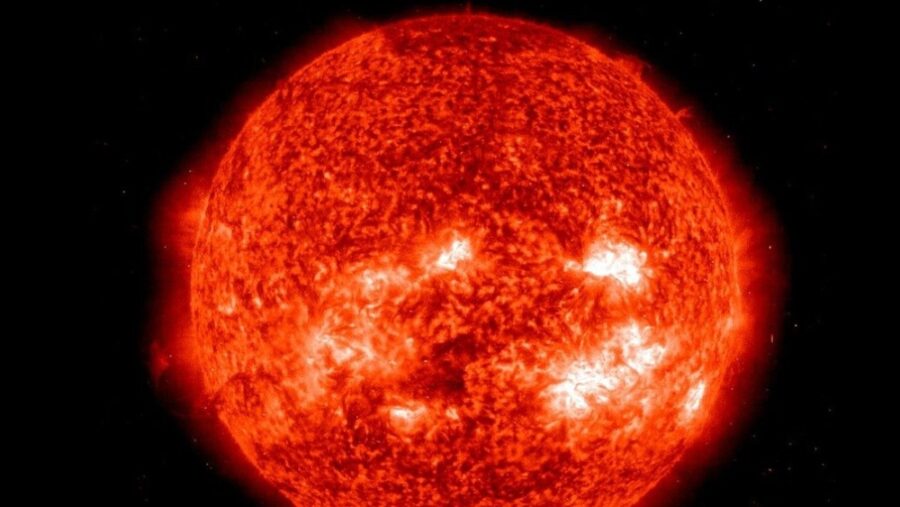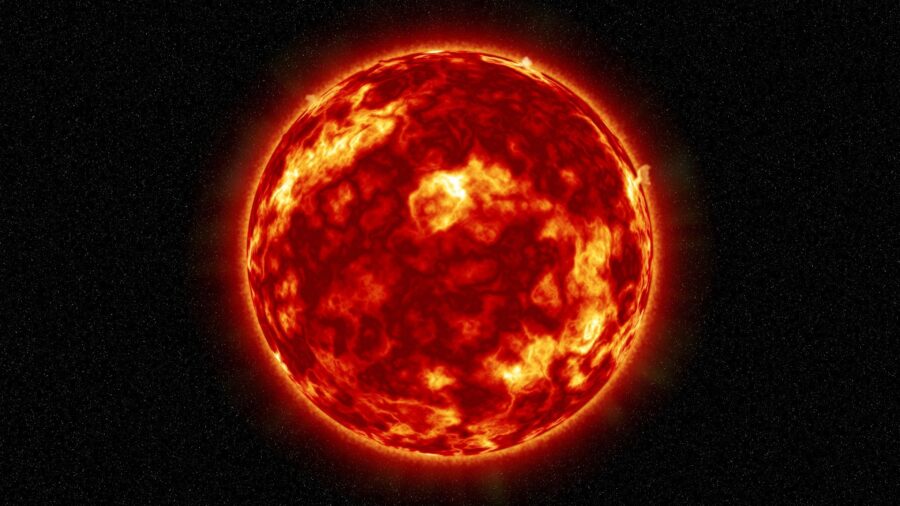Monster Stars That Make Our Sun Look Puny Discovered
Evidence of monster stars 10,000 times the mass of our Sun have been located in deep space.

The powerful James Webb Space Telescope has been able to capture the outer reaches of space to a level of fidelity like never before, and one of the latest exciting discoveries is the possibility that monster stars were around during the dawn of time. While we don’t know what these first stars looked like, there have been theories that they are the mass of 10,000 or more suns. Now, Science Alert has reported that researchers at the University of Geneva in Switzerland may have found data from the James Webb Telescope that suggests these theories are correct.
Astrophysicist Corinne Charbonnel at the University of Geneva explained how these clues might point to the theorized monster stars. To explain the data they found, first, we have to talk about globular clusters. Globular clusters are dense star groups that contain anywhere from 100,000 and 1 million stars that all have similar chemical properties, which means they were likely born around the same time from the same gas cloud.
There are also ancient globular clusters that contain stars that are close to dying, and some of these old clusters have a strange chemical abundance of helium, nitrogen, and sodium and a relative depletion of carbon and oxygen. This abundance points to the possibility that hydrogen is burning at an incredibly high temperature, which means that these clusters could contain the cores of what used to be supermassive monster stars. This theory was proposed as early as 2013, and the recent findings from Charbonnel and her colleagues may support it.

Charbonnel and her colleague Mark Gieles theorized the possibility that stellar winds from stars were cross-contaminating these clusters with the abundance of chemical elements, and collisions with smaller stars would replenish the mass of the stars. These polluting stars could have been the monster stars, but their lifespans typically max out at around 2 million years. This means that the light from them has faded and that we only have indirect clues to point us to what they might have been like.
Charbonnel and Gieles proposed this polluting theory back in 2018, and this is where the James Webb Space Telescope comes in. Thanks to the power of the JWST, they were able to analyze the light from the galaxy GN-z11, found just 440 million years after the Big Bang and whose light is just reaching us after 13.3 billion years. The data they found indicates that the monster star theory could very well be true.
The GN-z11 galaxy is enriched with nitrogen compared to oxygen, and the abundance ratio is more than four times that of our sun. Through further analysis and modeling, Charbonnel and her colleagues were able to find that monster stars between 1,000 and 10,000 solar masses could explain the nitrogen abundance since only the cores of these stars could combust hydrogen at high enough temperatures to create such a rich abundance of nitrogen. While the article and the researchers are quick to note that this evidence isn’t conclusive, the James Webb Space Telescope will continue to provide us with more and more information on the earliest events of our universe.












